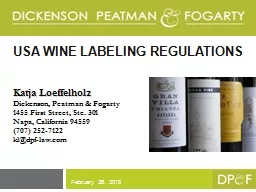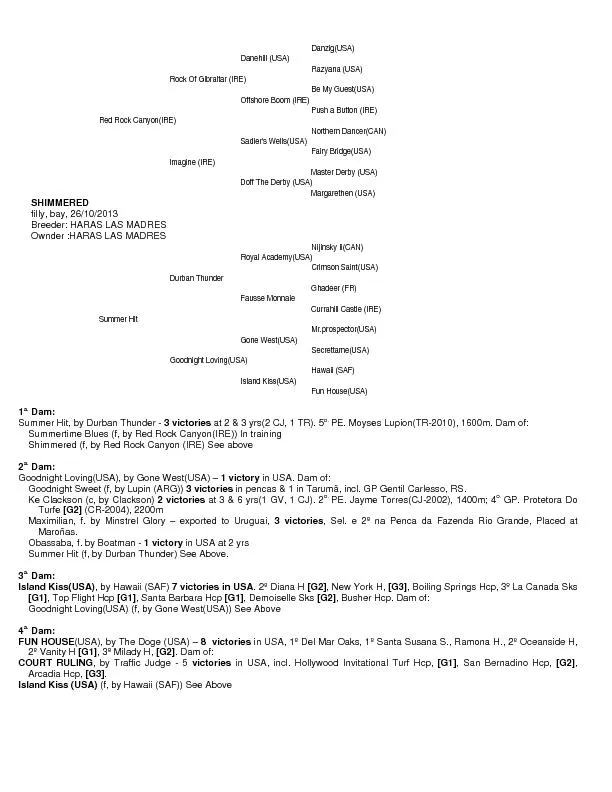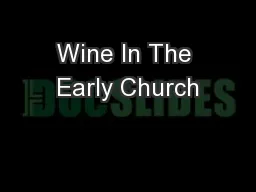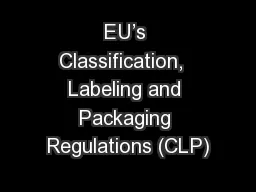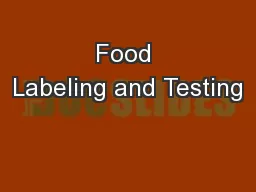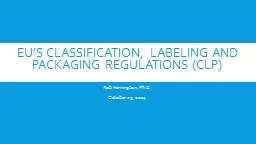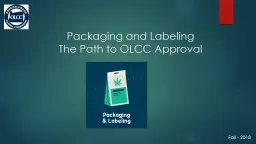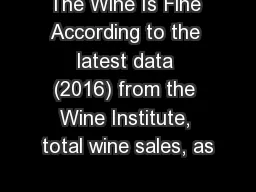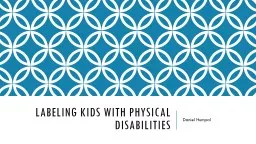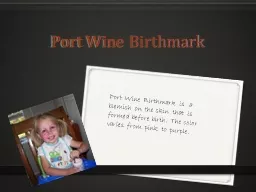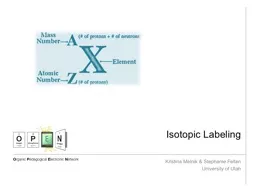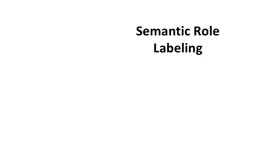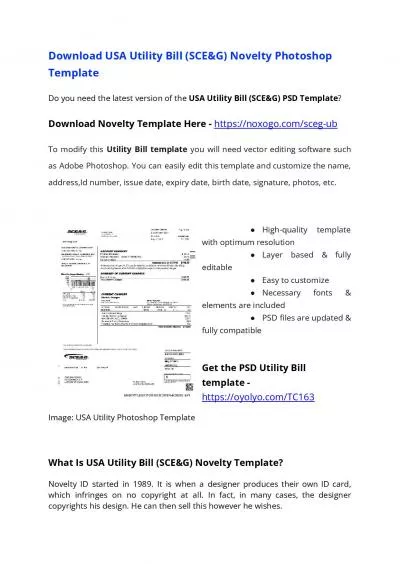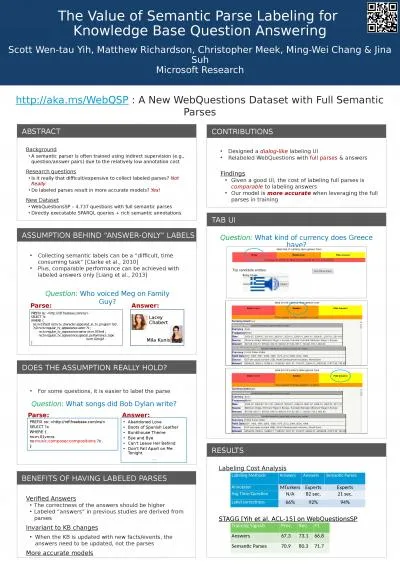PPT-Usa WINE LABELING REGULATIONS
Author : giovanna-bartolotta | Published Date : 2018-11-05
Katja Loeffelholz Dickenson Peatman amp Fogarty 1455 First Street Ste 301 Napa California 94559 707 2527122 kldpflawcom February 26 2018 DISCLAIMER This presentation
Presentation Embed Code
Download Presentation
Download Presentation The PPT/PDF document "Usa WINE LABELING REGULATIONS" is the property of its rightful owner. Permission is granted to download and print the materials on this website for personal, non-commercial use only, and to display it on your personal computer provided you do not modify the materials and that you retain all copyright notices contained in the materials. By downloading content from our website, you accept the terms of this agreement.
Usa WINE LABELING REGULATIONS: Transcript
Download Rules Of Document
"Usa WINE LABELING REGULATIONS"The content belongs to its owner. You may download and print it for personal use, without modification, and keep all copyright notices. By downloading, you agree to these terms.
Related Documents

